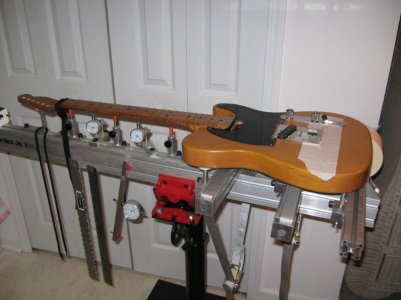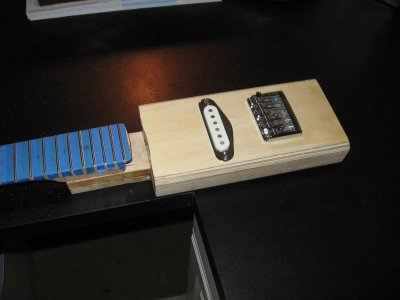Hi
I'm thinking about my second build here. I'm aiming for a vintage-ish telecaster. The body will be swamp ash, and I want to try roasted maple for the neck.
But what about the fretboard? How is the feel of an unfinished roasted maple fretboard. Is it nice? Or should i go for more "traditional" with rosewood, pau ferro or ebony?
I'm thinking about my second build here. I'm aiming for a vintage-ish telecaster. The body will be swamp ash, and I want to try roasted maple for the neck.
But what about the fretboard? How is the feel of an unfinished roasted maple fretboard. Is it nice? Or should i go for more "traditional" with rosewood, pau ferro or ebony?







